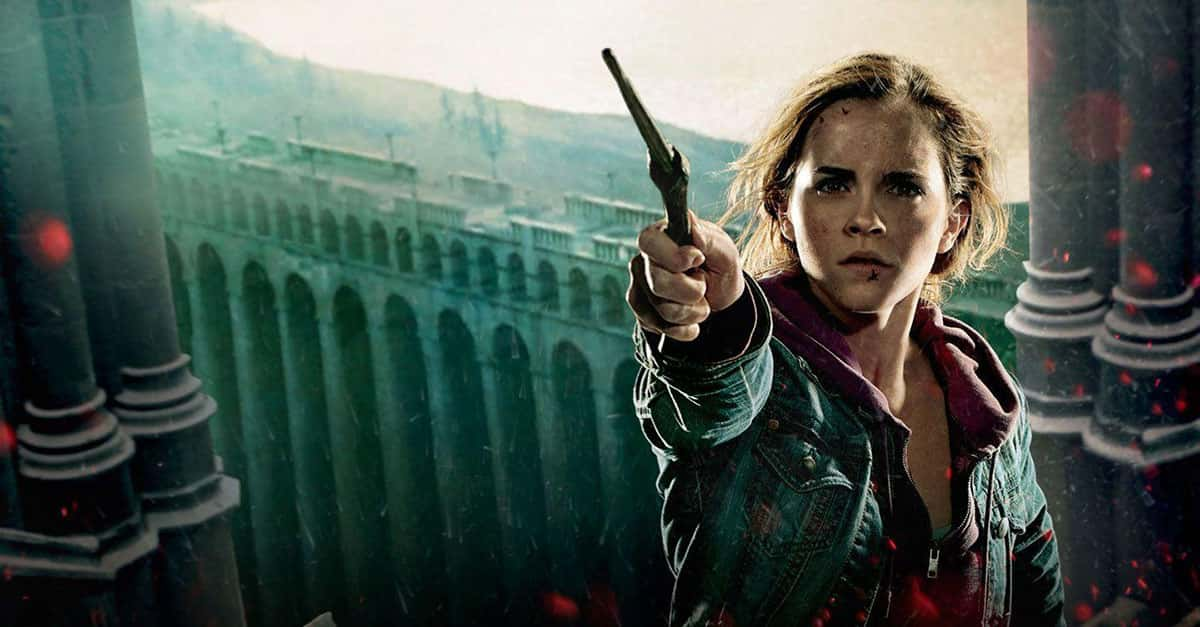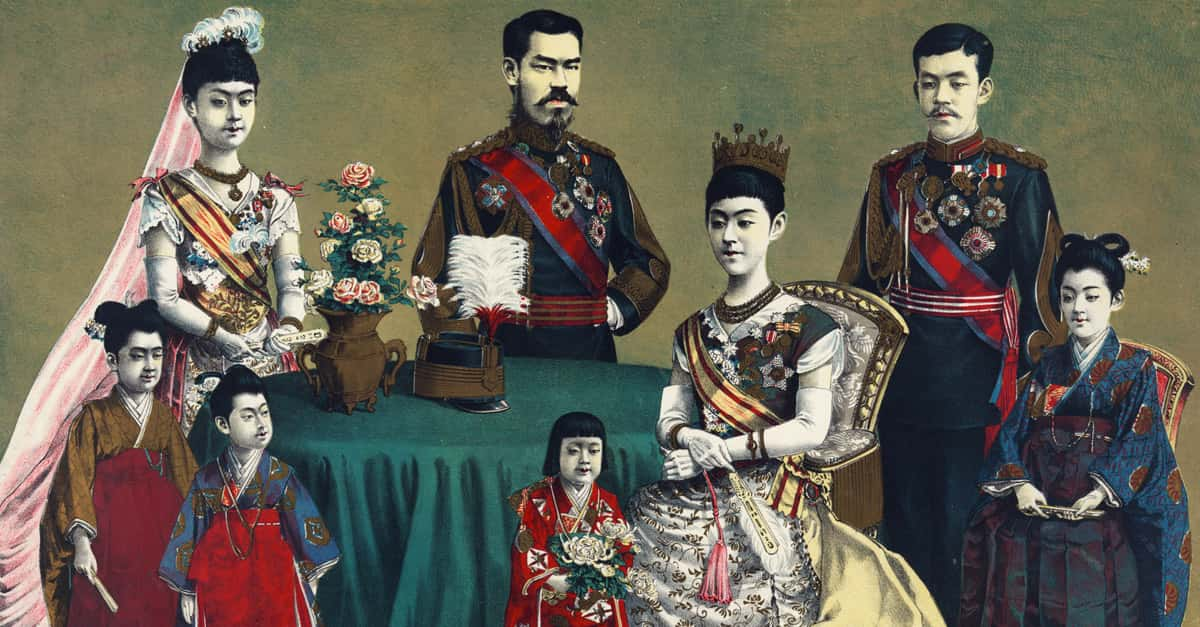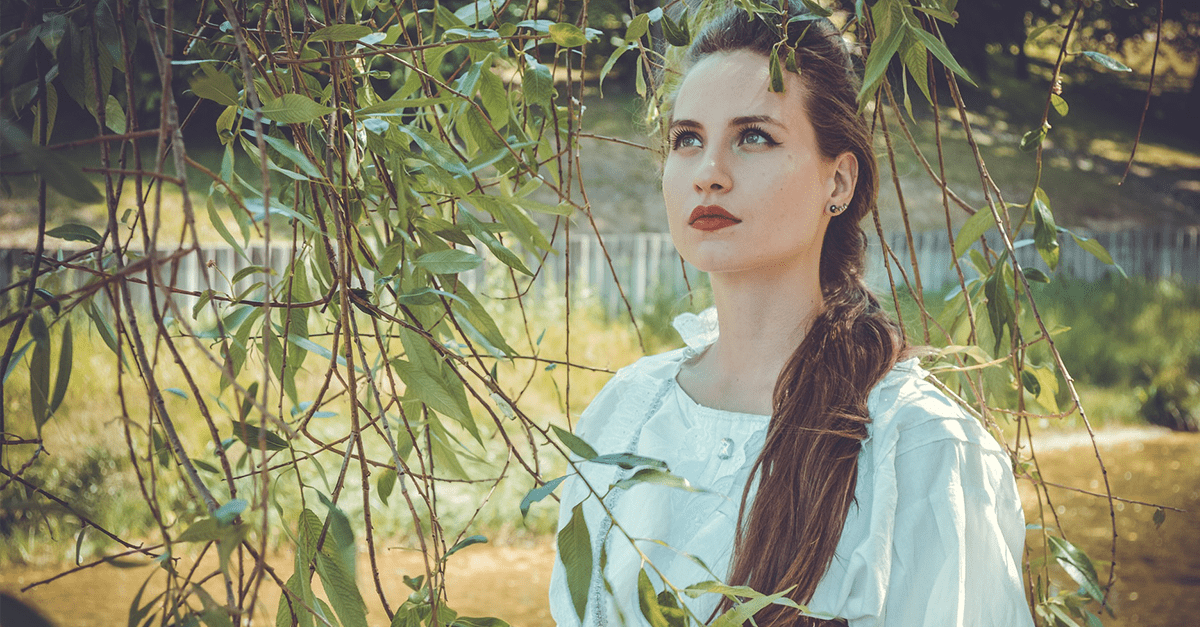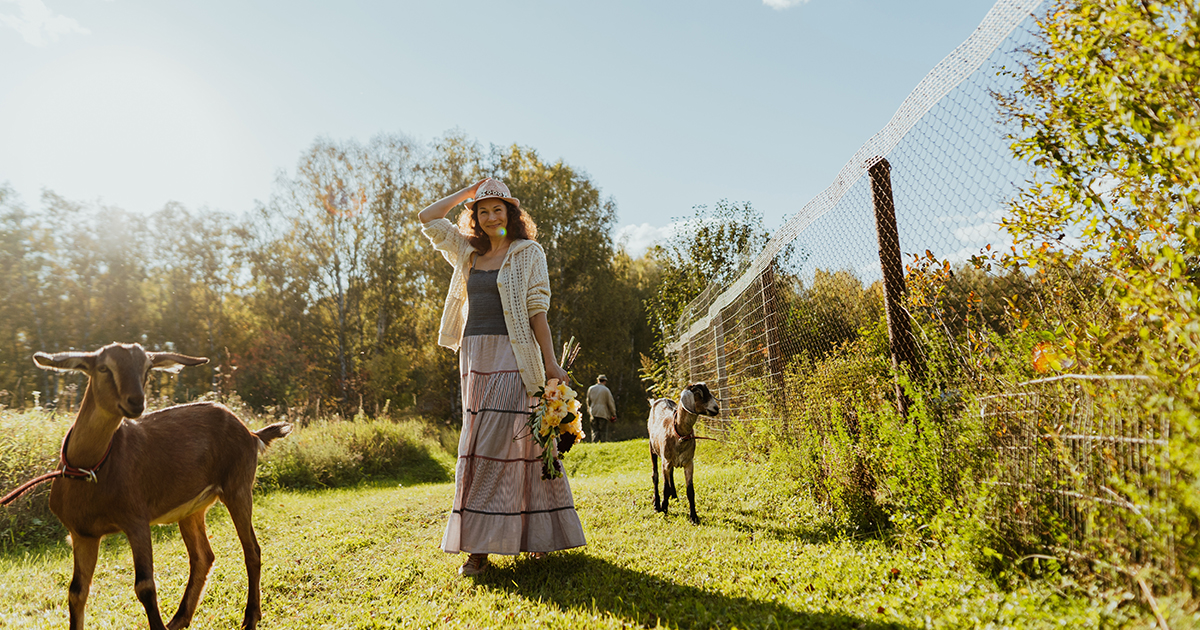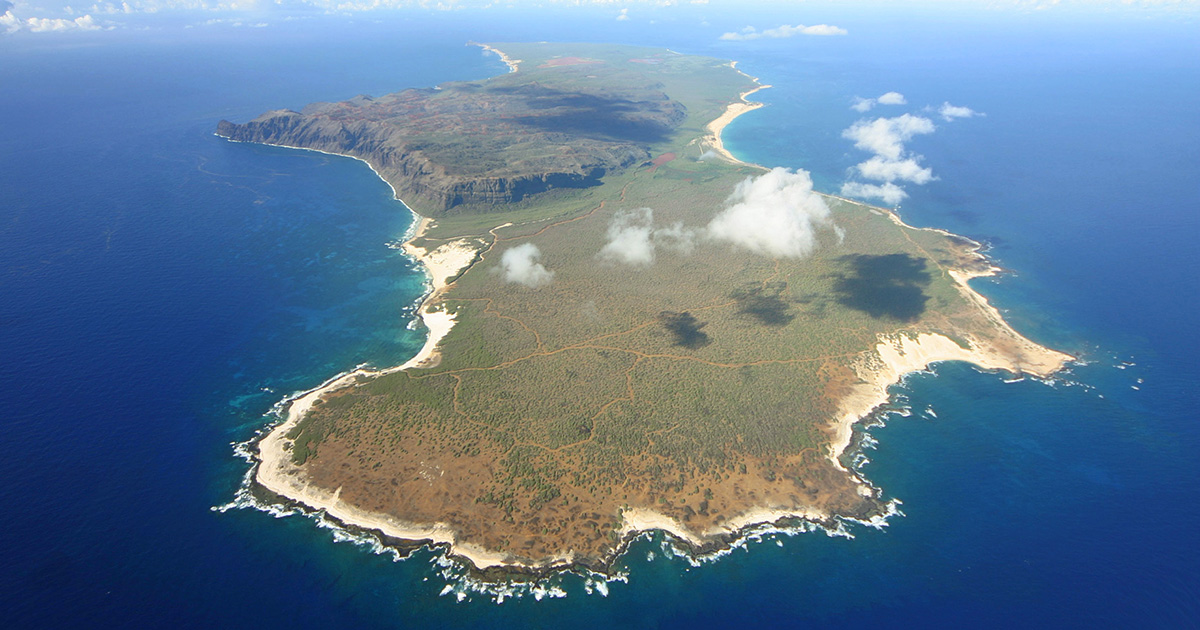Castle Meets Cave
Some castles were built to keep armies out, others to show off wealth. But in a remote corner of Slovenia stands a fortress that merged ambition with nature's own architecture. Here goes its story.
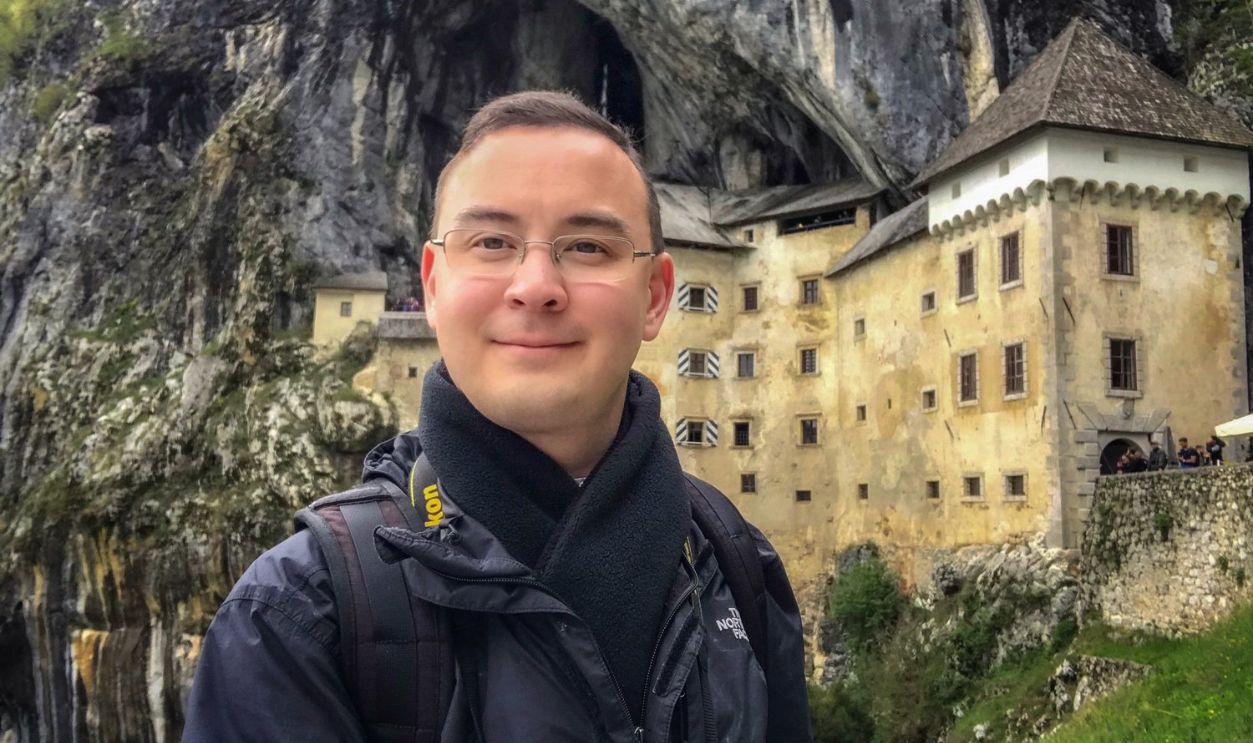
Location And Setting
Predjama Castle is a stunning Renaissance fortress located in the village of Predjama in south-central Slovenia. It is uniquely built into the mouth of a cave and perched on a 123-meter-high cliff, making it one of the most dramatic castles in Europe.
 Sl-Ziga, CC BY-SA 3.0, Wikimedia Commons
Sl-Ziga, CC BY-SA 3.0, Wikimedia Commons
Geographical Context
This magnificent beauty is located approximately 11 kilometers from the town of Postojna and 9 kilometers from the renowned Postojna Cave. Postojna Cave, known as Postojnska jama in Slovene, is a karst cave system near Postojna, Slovenia.
 Mariposa.que.vuela, CC BY-SA 3.0, Wikimedia Commons
Mariposa.que.vuela, CC BY-SA 3.0, Wikimedia Commons
Historical Origins
So, the Predjama Castle was first documented in 1274 under the German name Luegg, and the Patriarch of Aquileia constructed it in Gothic style. Its strategic location, built under a natural rocky arch high in a stone wall, was chosen specifically.
 Karl Friedrich Schinkel, Wikimedia Commons
Karl Friedrich Schinkel, Wikimedia Commons
Defensive Purposes
The purposes were said to be defensive. Hence, access to it was difficult, enhancing its fortification against invaders. The castle first served as a stronghold for the Patriarchs of Aquileia, who named it. In a rough Latin translation it means—"in front of the cave".
 Luka Peternel, CC BY-SA 4.0, Wikimedia Commons
Luka Peternel, CC BY-SA 4.0, Wikimedia Commons
Early Expansions
The Luegg noble family, who were also called the Knights of Adelsberg, got their hands on the castle and did a lot of work to expand and strengthen it, turning it into a strong military base.
 Rilegator, CC BY-SA 3.0, Wikimedia Commons
Rilegator, CC BY-SA 3.0, Wikimedia Commons
The Famous Robber Baron
This place is associated with Erasmus of Lueg, a local figure akin to a Slovenian Robin Hood. Also known as Erazem Predjamski, he was a prominent figure in the 15th century, renowned as a robber baron and knight linked with this area.
 Tiia Monto, CC BY-SA 3.0, Wikimedia Commons
Tiia Monto, CC BY-SA 3.0, Wikimedia Commons
Erasmus's Background
Apparently, he was the son of the imperial governor of Trieste and gained notoriety for his defiance against the Habsburgs after killing Marshal Pappenheim. This man, Marshal Pappenheim, had apparently dishonored his deceased friend, Andrej Baumkircher.
 Marion Golsteijn, CC BY-SA 4.0,Wikimedia Commons
Marion Golsteijn, CC BY-SA 4.0,Wikimedia Commons
Rebellion And Alliance
Following this act, he sought refuge in Predjama Castle, where he aligned himself with King Matthias Corvinus of Hungary. From this stronghold, he let out attacks against Habsburg estates and towns, which led to a rise in tensions further.
 Andrea Mantegna, Wikimedia Commons
Andrea Mantegna, Wikimedia Commons
Secret Passage System
In response, Emperor Frederick III ordered a siege to capture or kill Erasmus. The siege lasted for about 366 days, during which Erasmus utilized a network of hidden passageways within the cave system beneath the castle to resupply himself and his men.
 Stephen Colebourne from London, UK, CC BY 2.0, Wikimedia Commons
Stephen Colebourne from London, UK, CC BY 2.0, Wikimedia Commons
The Siege Of Predjama Castle
The siege (1456–1457) was led by the governor of Trieste, Andrej Ravbar, who commanded a large force that surrounded the castle day and night. Despite their efforts to starve Erasmus and his men out, they were baffled by his endless supplies of food.
 Shesmax, CC BY-SA 4.0, Wikimedia Commons
Shesmax, CC BY-SA 4.0, Wikimedia Commons
Erasmus's Demise
Ultimately, Erasmus's downfall came through betrayal by one of his servants. According to popular legend, while Erasmus was using the toilet located on a high floor of the castle, the servant signaled the besieging forces by lighting a candle in his window.
 KLMircea from Focsani, Romania, CC BY-SA 2.0, Wikimedia Commons
KLMircea from Focsani, Romania, CC BY-SA 2.0, Wikimedia Commons
Fatal Betrayal
It was this act that led the Habsburg archers to go after the man with cannon fire. One unlucky cannonball hit the castle's outhouse and killed Erasmus on the spot. This led to the well-known "story" of his death on the toilet.
 Shadowgate from Novara, ITALY, CC BY 2.0, Wikimedia Commons
Shadowgate from Novara, ITALY, CC BY 2.0, Wikimedia Commons
Post-Erasmus Reconstruction
Following the siege and destruction of the main castle, the ruins were acquired by the Oberburg family. In the early 16th century, the Purgstall family undertook a major reconstruction. However, this newly built structure was short-lived.
 biosynthesis24, CC BY 2.0, Wikimedia Commons
biosynthesis24, CC BY 2.0, Wikimedia Commons
Met With Disaster
In 1511, a devastating earthquake struck the region, specifically on March 26, and caused great destruction to Predjama Castle. This extremely beautiful piece remained in disrepair for several decades until Baron Philipp von Cobenzl took ownership in 1567.
 Unknown Author, Wikimedia Commons
Unknown Author, Wikimedia Commons
Renaissance Renovation
He initiated a comprehensive rebuilding project and finished it in 1570. This reconstruction was a transition from Gothic to Renaissance architecture, resulting in the castle's current façade, which is pressed against a vertical cliff.
 Leo S, CC BY 2.0, Wikimedia Commons
Leo S, CC BY 2.0, Wikimedia Commons
Habsburg Connection
In 1567, Archduke Charles of Austria rented out the castle to Baron Philipp von Cobenzl. After 20 years of making payments, the baron finally bought it in 1587, which kicked off his family's long history with the place.
 Martin van Meytens, Wikimedia Commons
Martin van Meytens, Wikimedia Commons
Noble Summer Residence
In the 18th century, Predjama Castle became one of the Cobenzl family's favorite summer residences. It was frequented by notable figures Count Ludwig von Cobenzl and Philipp von Cobenzl (an influential Austrian statesman and art collector).
19th Century Ownership
Count Michael Coronini von Cronberg inherited the castle in 1810, continuing the legacy of noble ownership. Then, in 1846, the castle was finally sold to the Windischgrätz family, who maintained ownership until the end of WWII.
 Ludwig Angerer, Wikimedia Commons
Ludwig Angerer, Wikimedia Commons
Communist Era Transformation
Following WWII, the Yugoslav Communist authorities confiscated and nationalized Predjama Castle. It was quite a big change in the castle's status, as it turned from a private residence into a public museum aimed to preserve the rich history.
 Stephen Colebourne from London, UK, CC BY 2.0, Wikimedia Commons
Stephen Colebourne from London, UK, CC BY 2.0, Wikimedia Commons
Nationalization Moves
The nationalization occurred after the deposition of King Peter II and the establishment of the Socialist Federal Republic of Yugoslavia. The museum holds a series of artifacts, like old weapons, paintings, sculptures, and displays that illustrate medieval life.
 Shesmax, CC BY-SA 4.0, Wikimedia Commons
Shesmax, CC BY-SA 4.0, Wikimedia Commons
Original Entrance Design
The original entrance to the castle was placed high up on the cliff face, which served as an added layer of security. To access this original entrance, retractable ladders were used. Today, two faint doors can still be seen at the original entrance site.
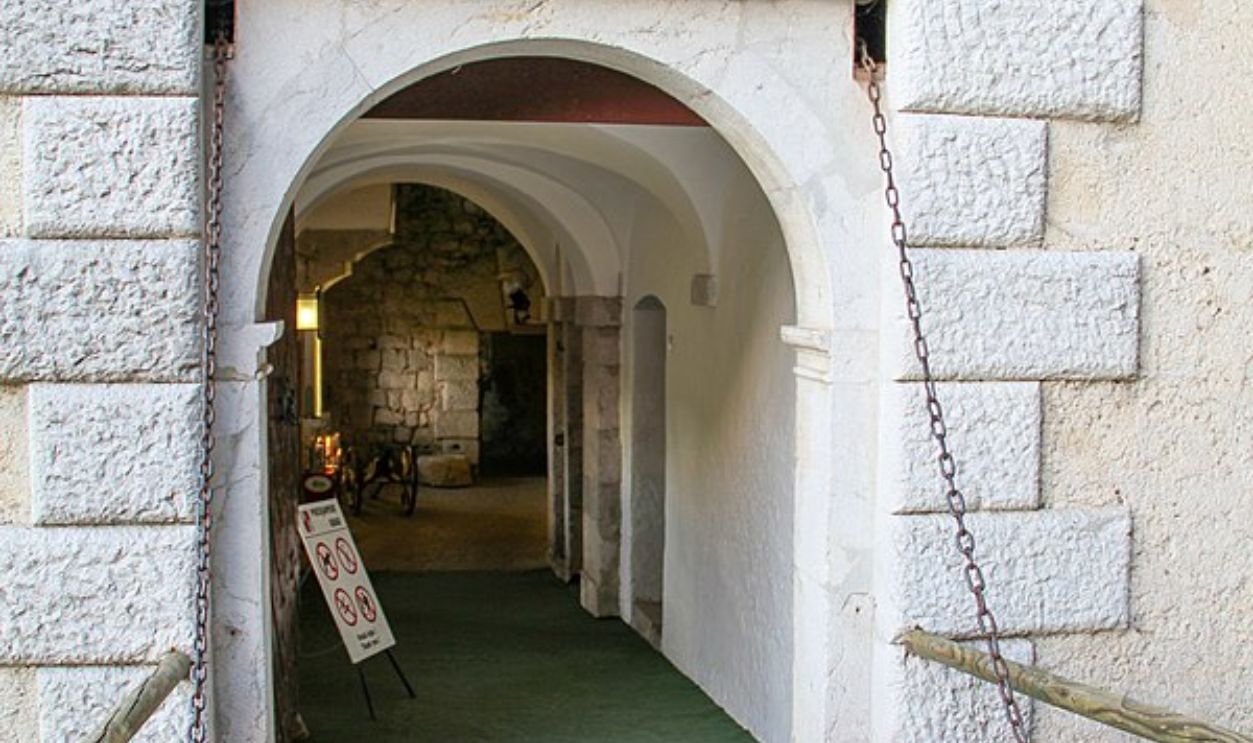 Shesmax, CC BY-SA 4.0, Wikimedia Commons
Shesmax, CC BY-SA 4.0, Wikimedia Commons
Modern Media Appearances
This place has gained modern cultural significance. It has appeared in various media. For example, the castle featured in the 1986 Jackie Chan film Armour of God. More recently, it also appeared in Season 3 of the Netflix series The Witcher.
 The Witcher: Season 3 | Official Trailer | Netflix by Netflix
The Witcher: Season 3 | Official Trailer | Netflix by Netflix
Literary Parallels
Some fans of Game of Thrones have even drawn comparisons between Erasmus's fate and that of Lord Tywin Lannister. Author George R. R. Martin visited Predjama Castle in 2011, suggesting that elements of the castle's history may have influenced his creation of Westeros.
 Yerpo, CC BY-SA 3.0, Wikimedia Commons
Yerpo, CC BY-SA 3.0, Wikimedia Commons
Gaming Legacy
Also, a digital recreation of Predjama Castle has been incorporated into the popular video game Counter-Strike: Global Offensive (CS: GO) as the map "de_castle". Players navigate through different places of the castle, engaging in strategic gameplay.
 CSGO: NEW MAPS! Castle - First Impressions by NihiL
CSGO: NEW MAPS! Castle - First Impressions by NihiL
Medieval Tournament
Every year in the summer, this place holds the Erazem Medieval Tournament, which includes 16th-century historical reenactments. Participants often dress in period costumes, recreating the atmosphere of medieval chivalry as knights compete in traditional games.
 Shesmax, CC BY-SA 4.0, Wikimedia Commons
Shesmax, CC BY-SA 4.0, Wikimedia Commons



